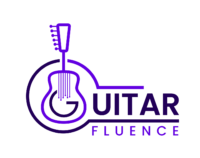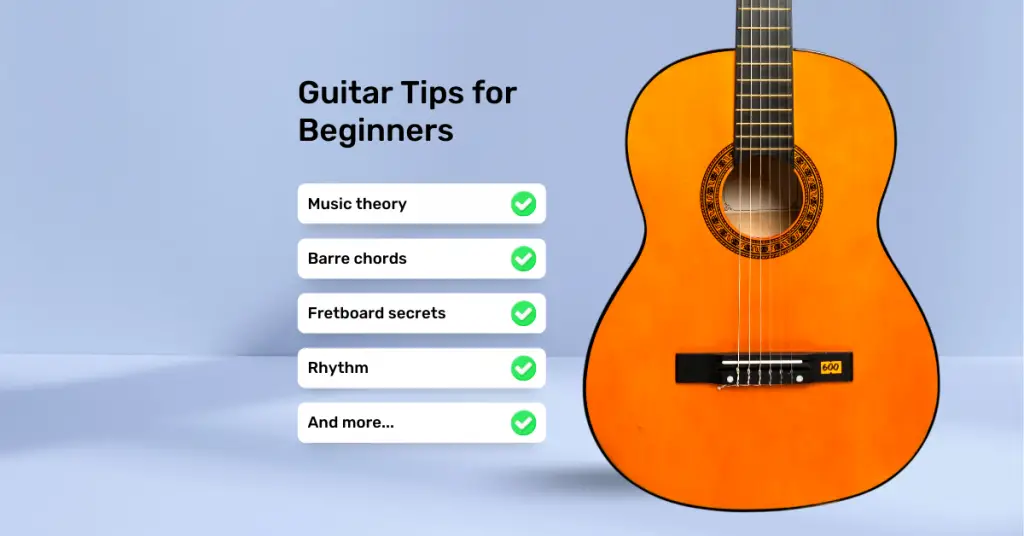The G Major guitar scale is arguably the most commonly used scale for guitar. This means that it’s one of the most popular scales ever, especially in rock and pop music.
It’s so popular on guitar due to it’s relationship with the open strings. Also, there are a lot of CAGED chords in the G Major scale, and guitarists love their CAGED shapes!
It’s popular across all genres in general because of it’s low number of sharps and flats.
So let’s dive into the lesson, where you’ll learn what the g major guitar scale is, and how to play the scale.
Table of Contents
G Major Scale Notes
The seven notes in the G Major scale are:
G – A – B – C – D – E – F#
G Major only has one sharp (#) note, the F#. This makes the scale’s notes easy to memorize. This makes the scale appealing to any musician!
Just remember that every note in the G Scale is natural, starting from G, and the only accidental note (#) is the F#!
G Major Guitar Scale Positions
Open Position
The most commonly seen position for the G Major scale is the open position.
For this position you’ll start with the open note on each string.
Take note of where the root note is located (which is shown in turquoise).
Practice all of these scale positions with alternate picking.

G Major Scale 3-Notes-Per-String Positions PDF
One of the most popular ways to play the G Major scale, and any major scale for that matter, is with the 3-notes-per-string system. You can download the PDF to practice the positions offline.
G Major Scale 3-Notes-Per-String Positions Tabs and Notation
Here are the tabbed and notated positions for the G Major scale.


G Major Scale Chords
Every major scale has a set of diatonic chords. Diatonic means that they are derived from the scale.
The G Major scale is home to a lot of common guitar chords. As a matter of fact you probably learned most of these chords as a beginner.
These chords are what make the G Major scale so popular on guitar.
After all, the G major scale contains G Maj, A Min, C Maj, D Maj, and E Min, which are 5 of the 8 CAGED shapes!
Here’s a list of songs in key of G from ultimate-guitar.
G Major
The first chord that we find in the G Major scale is the G Major chord.
It’s played using the notes G, B, and D.
It is commonly played in the open position, and with the barre shape.
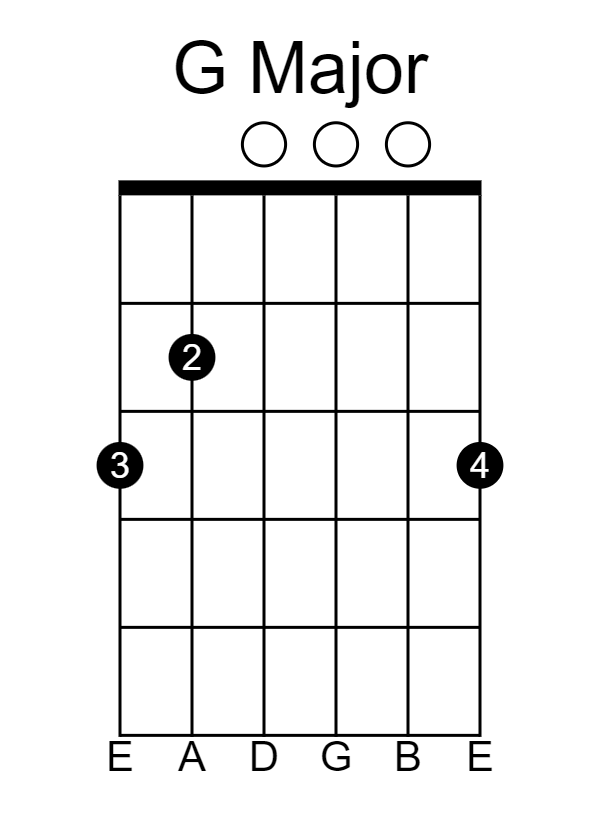
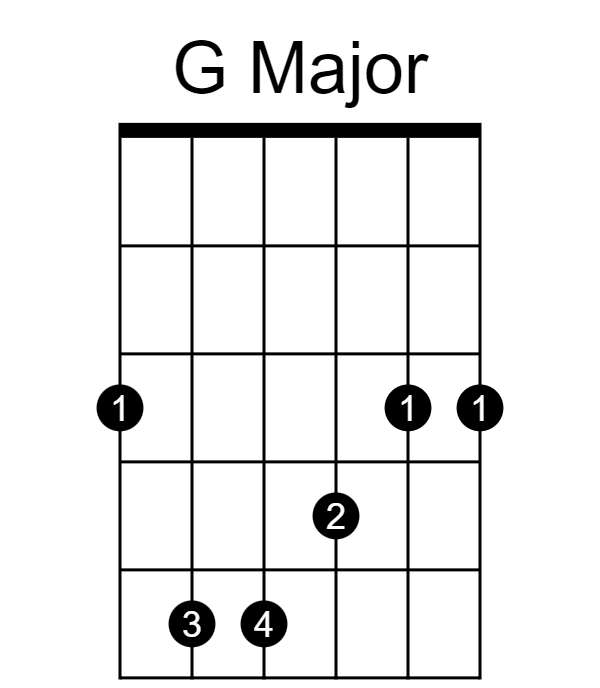
A Minor
A Minor is your 2nd chord in G Major.
It’s played using the notes A, C, and E.
This is the open position.
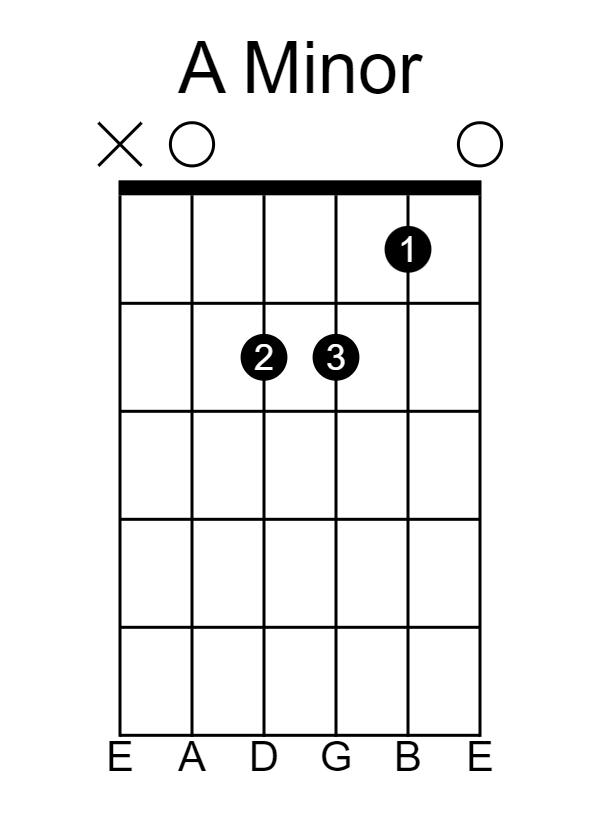
B Minor
B Minor is your third chord in G Major.
It consists of the notes B, D, and F#.
You can find B minor in a lot of rock songs, like Kryptonite and Hotel California.
Here you see B minor in its most common barre chord shape.
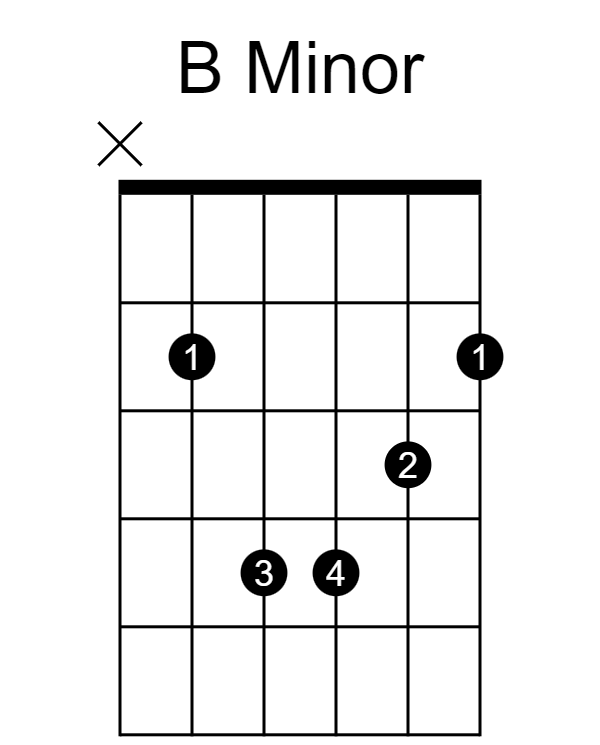
C Major
Unless you’re a complete beginner, you’re probably no stranger to the C Major chord.
This is your fourth chord in G Major.
It consists of the notes C, E, and G.
Here it is shown in it’s most common open shape.

D Major
D Major is another commonly played chord, and it’s the fifth chord in G Major.
It consists of the notes D, F#, and A.
Here is it’s common open shape.
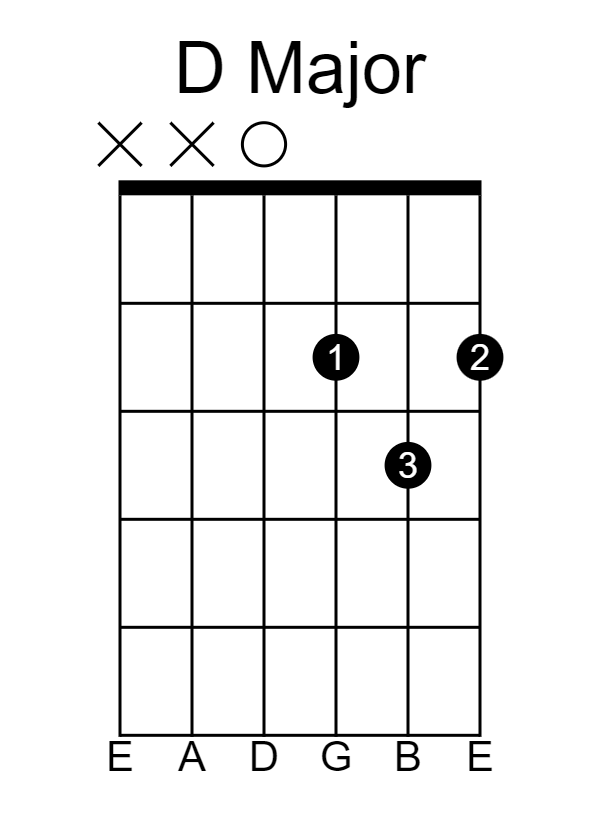
E Minor
E minor is arguably the most popular minor guitar chord ever, and it’s the 6th chord in G Major.
It consists of the note E, G, and B.
This is E Minor’s open shape.

F# Diminished
The F# diminished chord, like any diminished chord, sounds pretty obscure.
It consists of the notes F#, A, and C.
You can play the chord without it’s root, which means you’d only have to play the A and C notes.
You can also substitute F# diminished with a D7 chord.
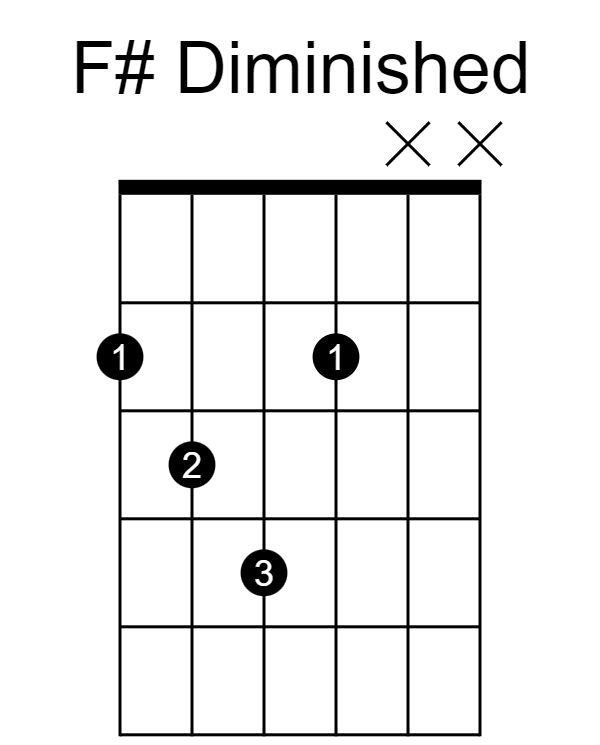
G Major Scale Exercises
Here are two of my favorite G Major Scale exercises.
They are fairly advanced, but advanced exercises are a good thing! They help you to push yourself.
Exercise 1
This is one of my favorite shred guitar exercises.
You take the first 6 notes of the scale and move them in octaves. It’s pretty simple.
Use your Index, Middle, and Pinky fingers to play the 3 notes on each string.

Exercise 2
This is a simple arpeggio exercise.
I suggest playing this exercise with sweep picking, but you can play it with alternate picking as well.

G Major Guitar Scale Summary
Start by learning your open G major guitar scale position.
From there you should work on the chords in the scale, and learn some songs and progressions that have those chords!
Lastly, you’ll want to learn the 3-note-per-string scale shapes. You’ll be able to play the scale across the entire fretboard once you’ve learned them.
Your next step is to learn some lead guitar techniques. They’ll help you put your scales into practice!
